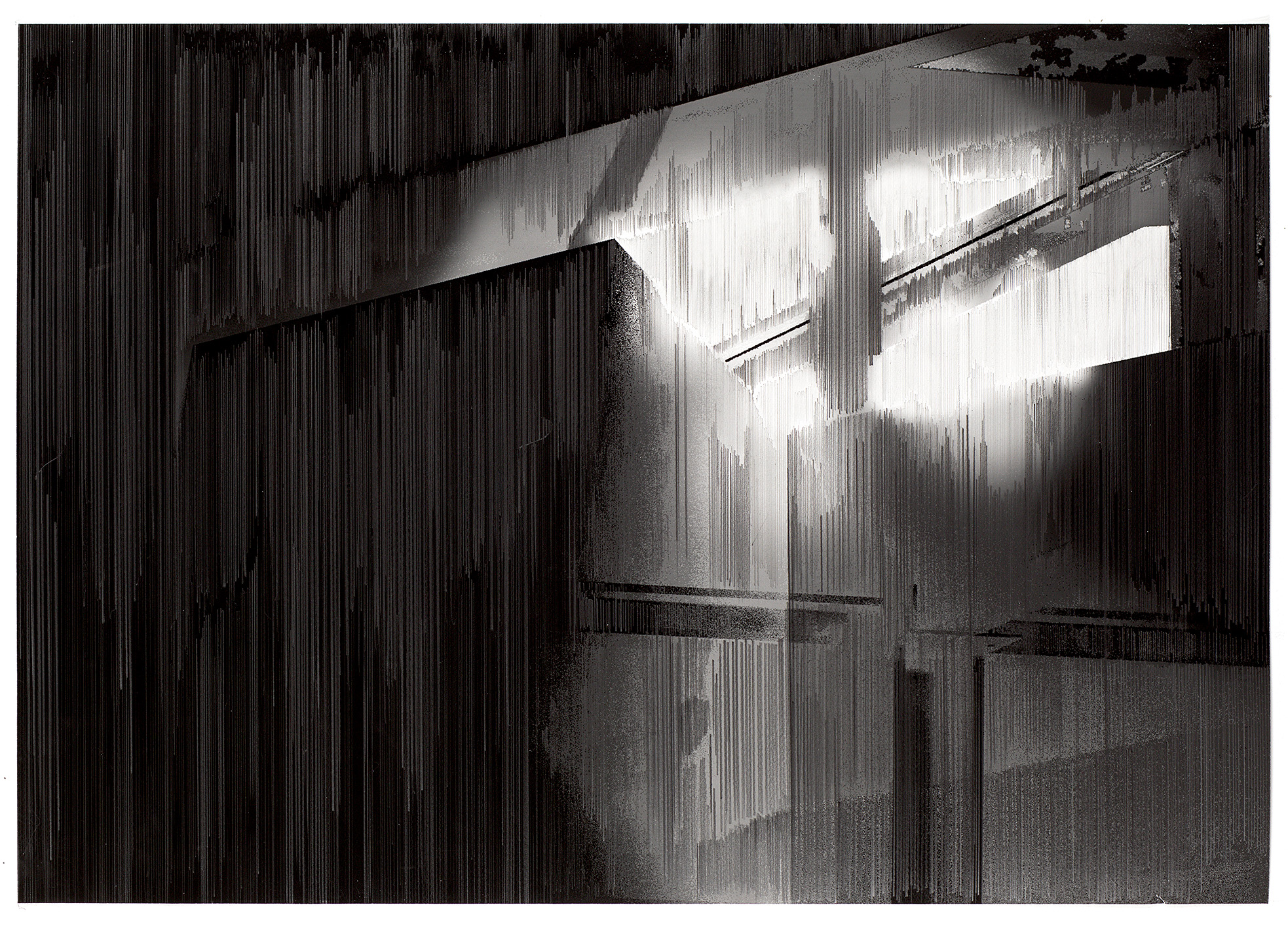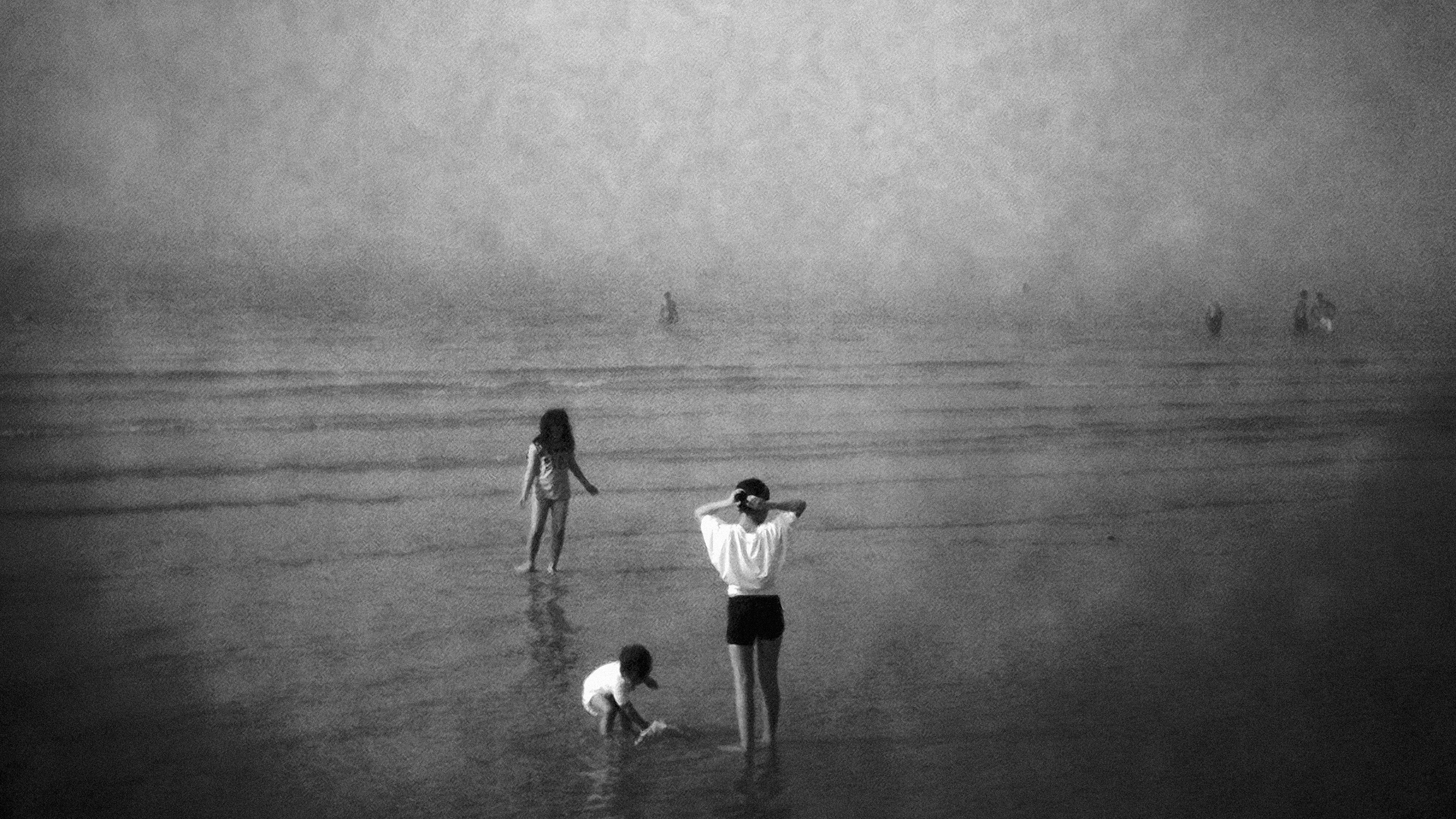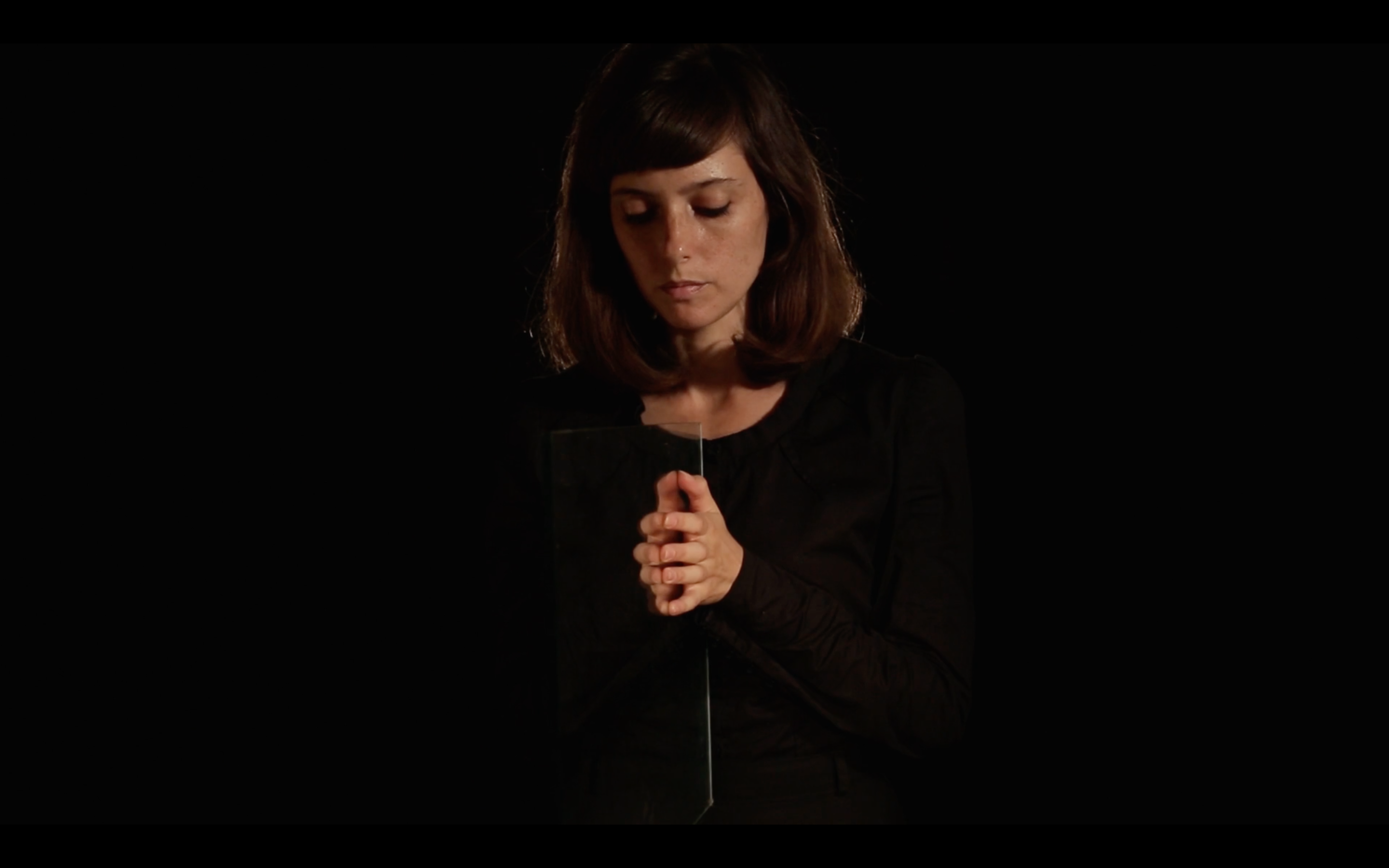you’d have seen her everywhere at once,
in a hotel, in a street, in a train,
in a bar, in a book, in a film,
in yourself.. you’d never know anything
neither you nor anyone else..
no one will ever know.
she is uncapable of knowing. “
- Marguerite Duras
LUMIÈRE
︎
COLOR PORTRAITS &
35MM FILM STRIPS
ALON SEGEV GALLERY
24.7 - 12.09.2025
Mirror of the soul—to behold things without overt expression
of thought or judgment. How to present, not describe,
so that one who sees me sees you—and falls silent?
A gentle motion of borrowed time
carries the voice of my solitude.
And here—eyes, lips, nape, the shy distance—
a gaze that seeks to prove nothing.
Is there beauty greater than this?
Is there any order left in this chaotic world?
The waiting— for the light,
or the voice,
or for that gaze that would reach our depths
and rescue love from within.
Oh reality, the day will come
when this sweeping vision of beauty
will leave you no choice
but to improve.
Text: Veronica Nicole Tetelbaum
The exhibition title is drawn from Lumière (1976) by Jeanne Moreau—a film about being watched, about the unbearable nearness of friendship. The women in the film loved each other with a quiet violence. As in life.
Rotner’s new series of color portraits does not speak—it listens. It watches them as they look away, toward something unseen. Toward each other. Or towards us. She films not the
Rotner’s new series of color portraits does not speak—it listens. It watches them as they look away, toward something unseen. Toward each other. Or towards us. She films not the
moment, but the instant before—or after. The stillness between frames. These are not portraits. They are remembrances.
Accompanying the portraits are unique 35mm film-strips. Fragile film sequences cut by the artist. Fragments of time, selected carefully from the reel—each one singular, unrepeatable—bearing witness to the delicate thread between image and memory.
Accompanying the portraits are unique 35mm film-strips. Fragile film sequences cut by the artist. Fragments of time, selected carefully from the reel—each one singular, unrepeatable—bearing witness to the delicate thread between image and memory.
Installation views at Alon Segev Gallery, Tel-Aviv by Elad Sarig

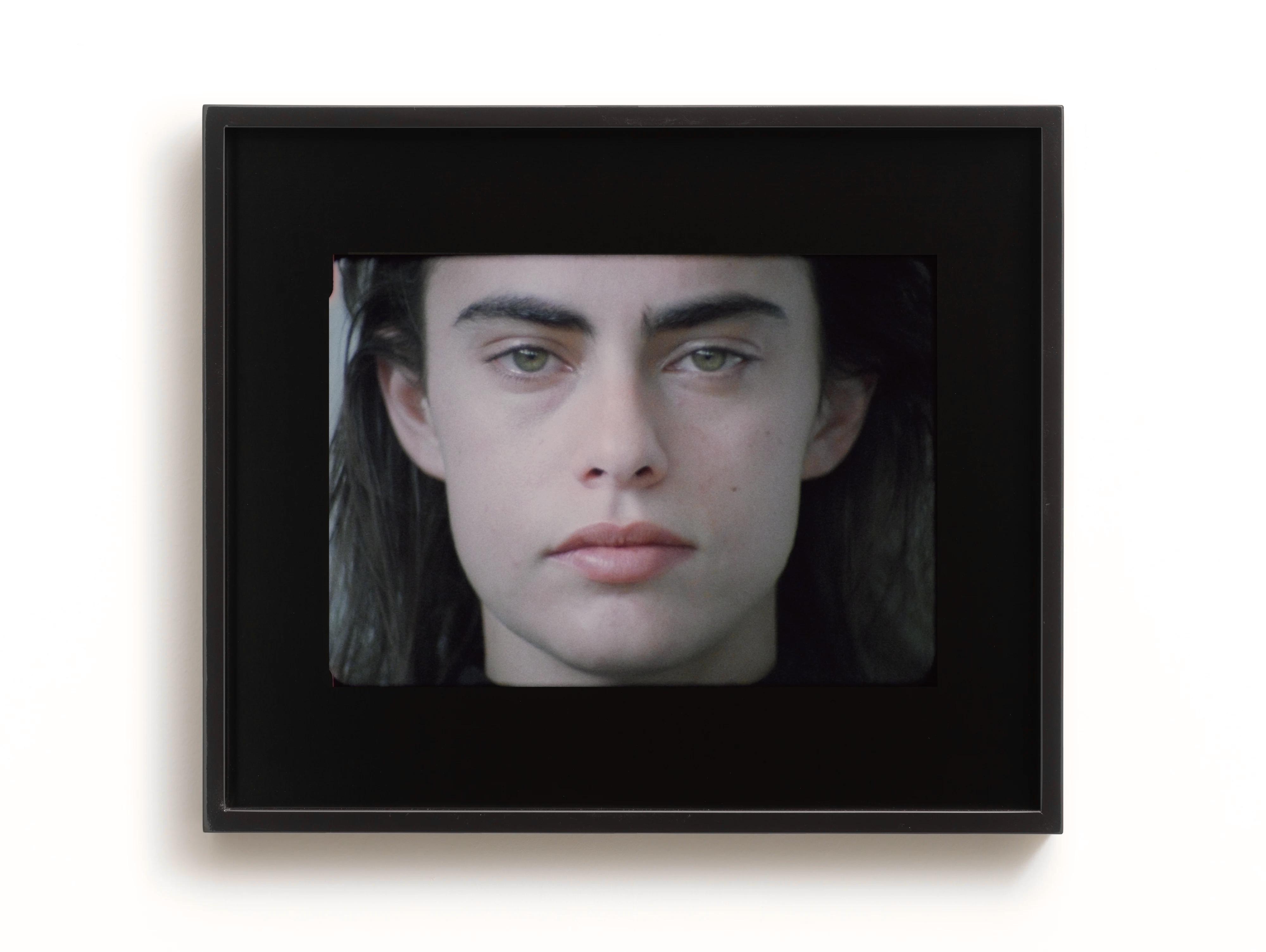
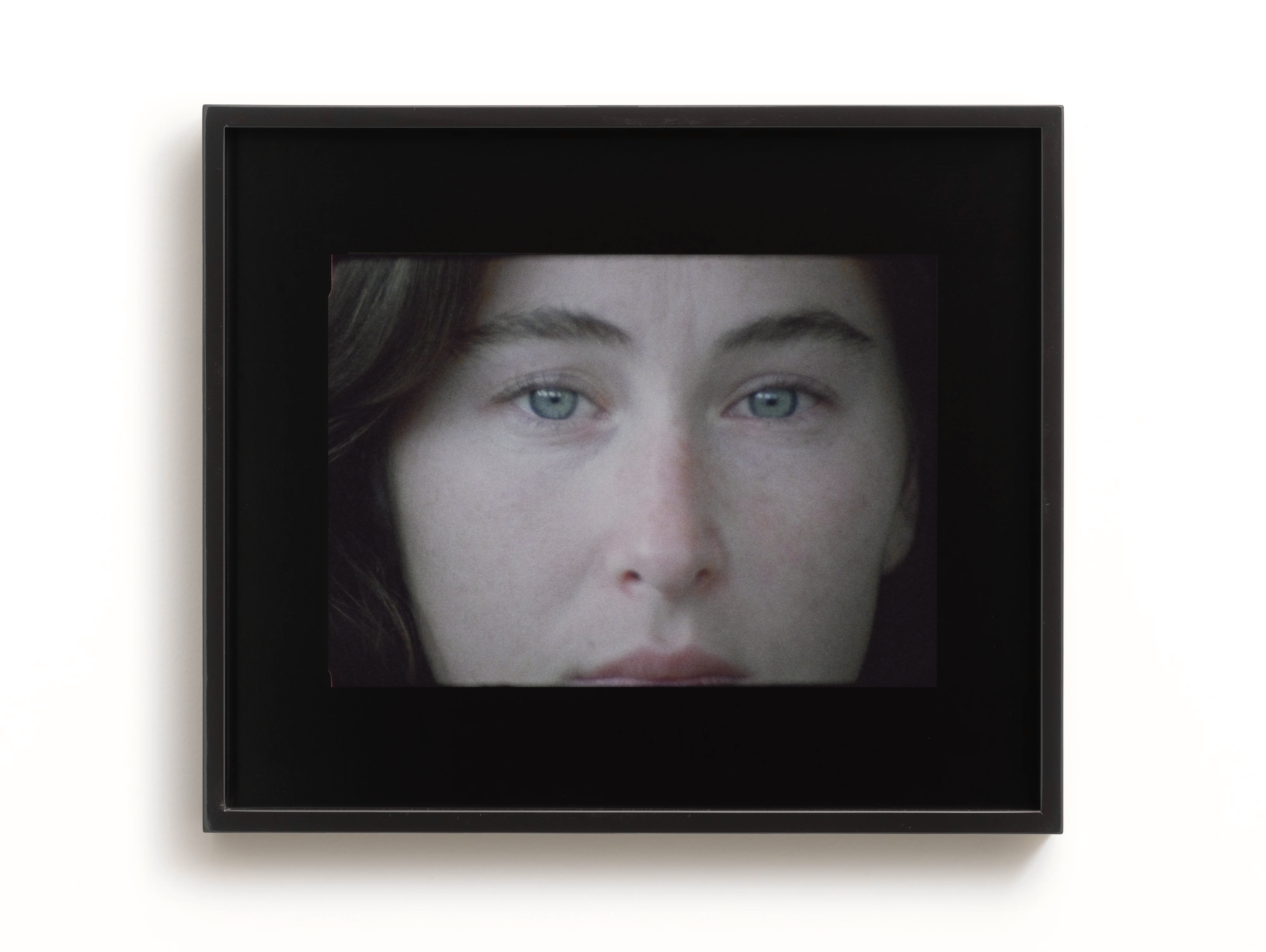
THE JERUSALEM POST
INTERVIEW >
IN THE SUN’S SHADOW
︎
PORTRAITS AND PHOTOGRAMS
ALON SEGEV GALLERY
17.11 - 23.12.2022
Yana Rotner’s first solo exhibition at Alon Segev gallery, showing a new body of work, including a series of portrait photographs and color photograms. In Italian, a portrait is called “Ritratto”, also meaning withdrawal. Yana Rotner’s portraits take this step back, retreating to an ineffable and discreet soft darkness, from which the faces seem to emerge.
Rotner filmed most of the portraits at her Tel-Aviv studio, portraits of figures from the art world, among them, a poet, a dancer, a photographer. Rotner’s work method consists of filming brief sequences using a 16mm Bolex film camera. She then develops a selection of photographs cut out from the film and prints them on paper.
In this process, the reductive photographic moment, which captures an image, can be circumvented, and a continuous sequence of images reflecting the passage of time can be recorded.
This allows the artist to be in the flow of time and only later to select the image best rendering the fraction of a moment that may not have been captured by memory.
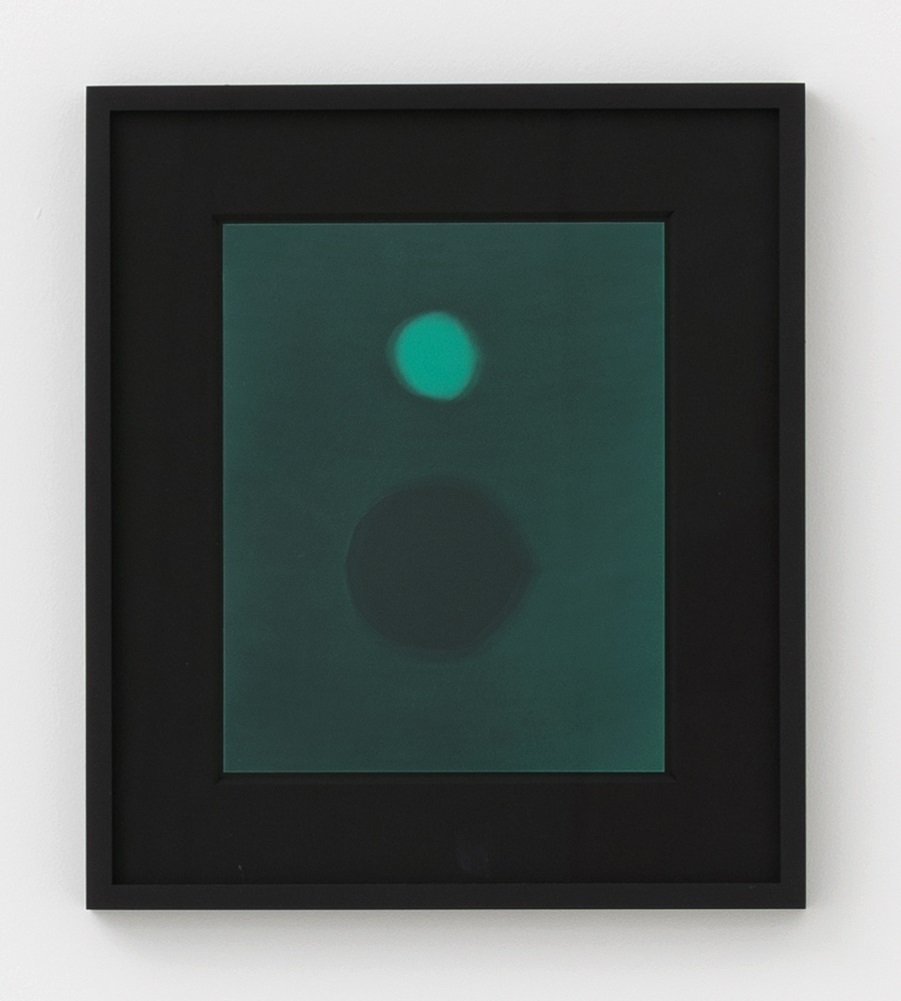
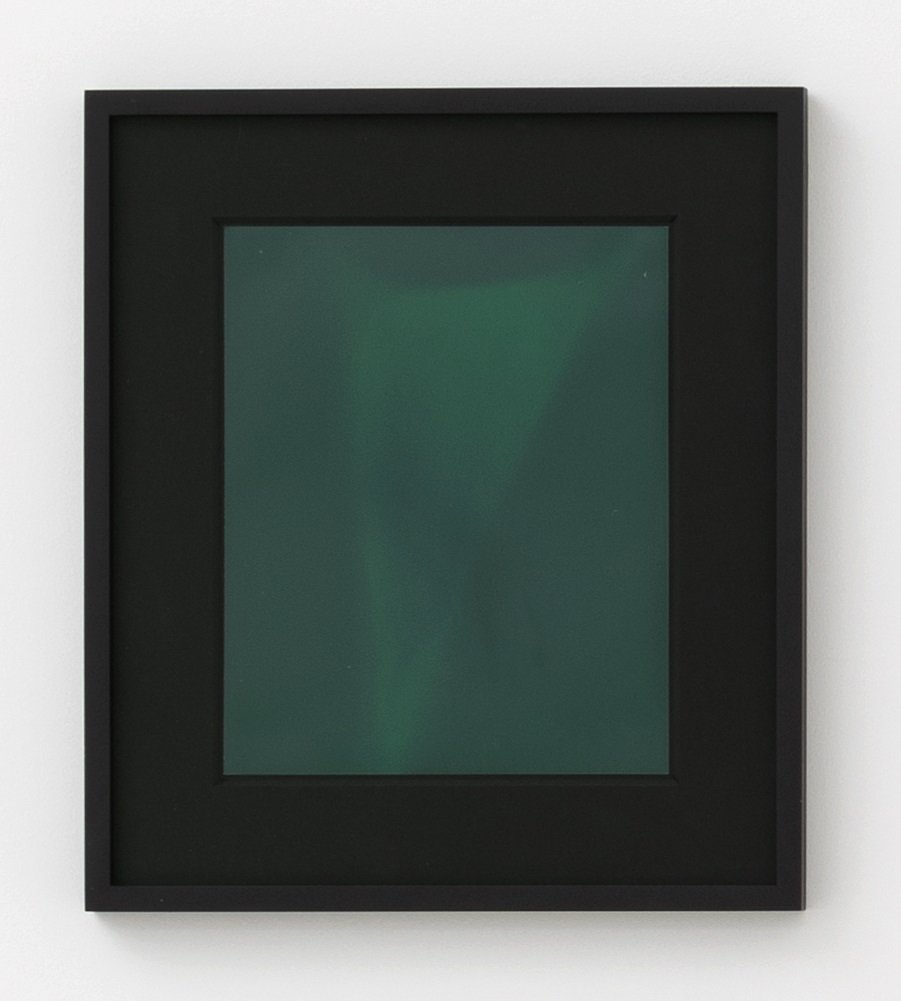
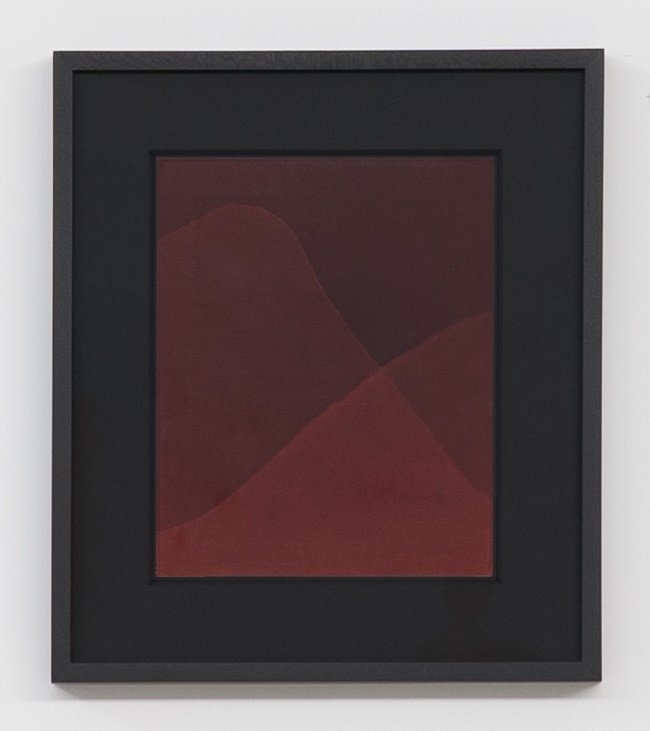
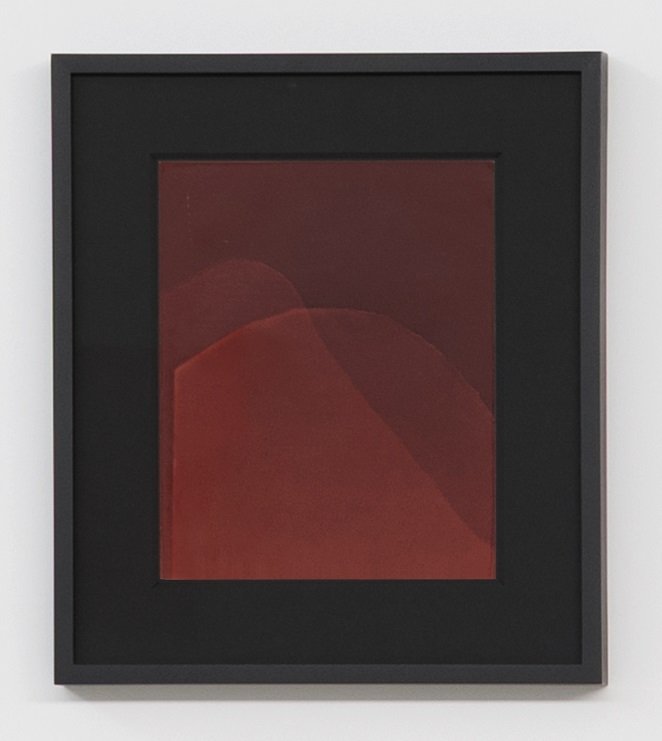
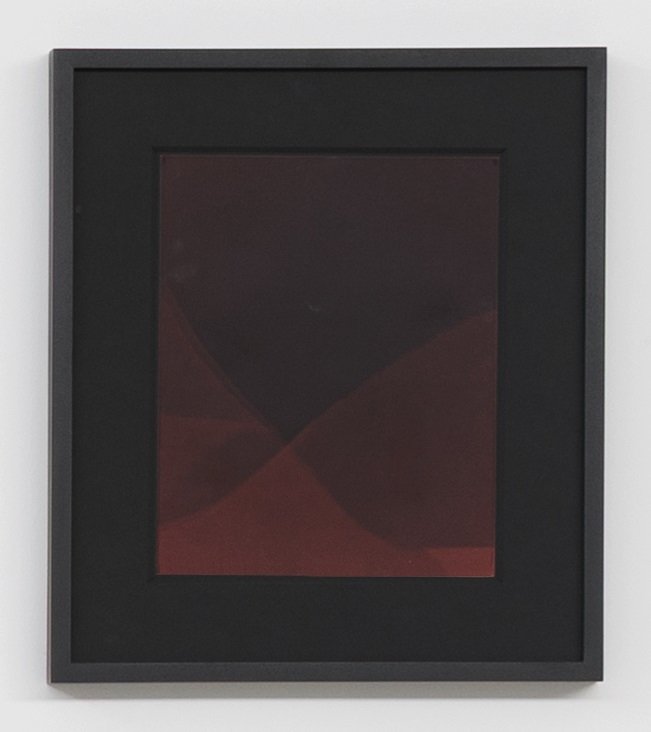
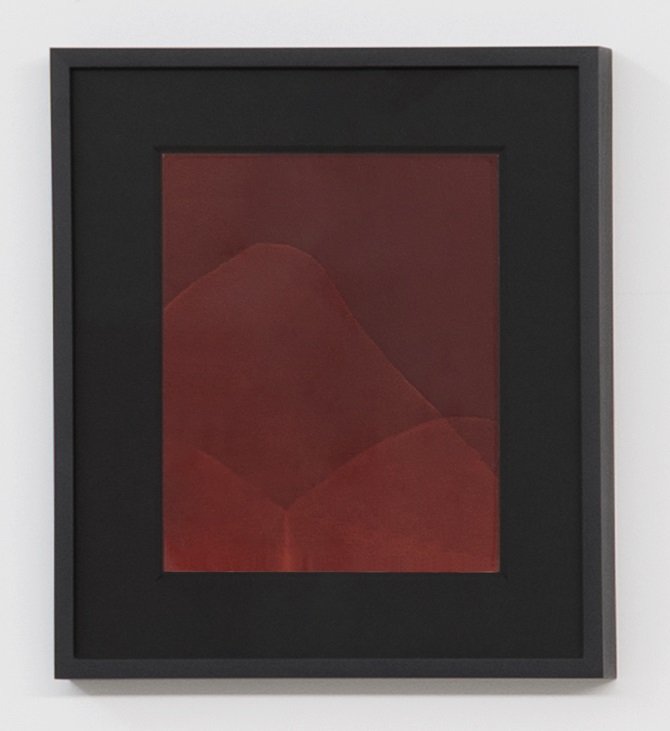
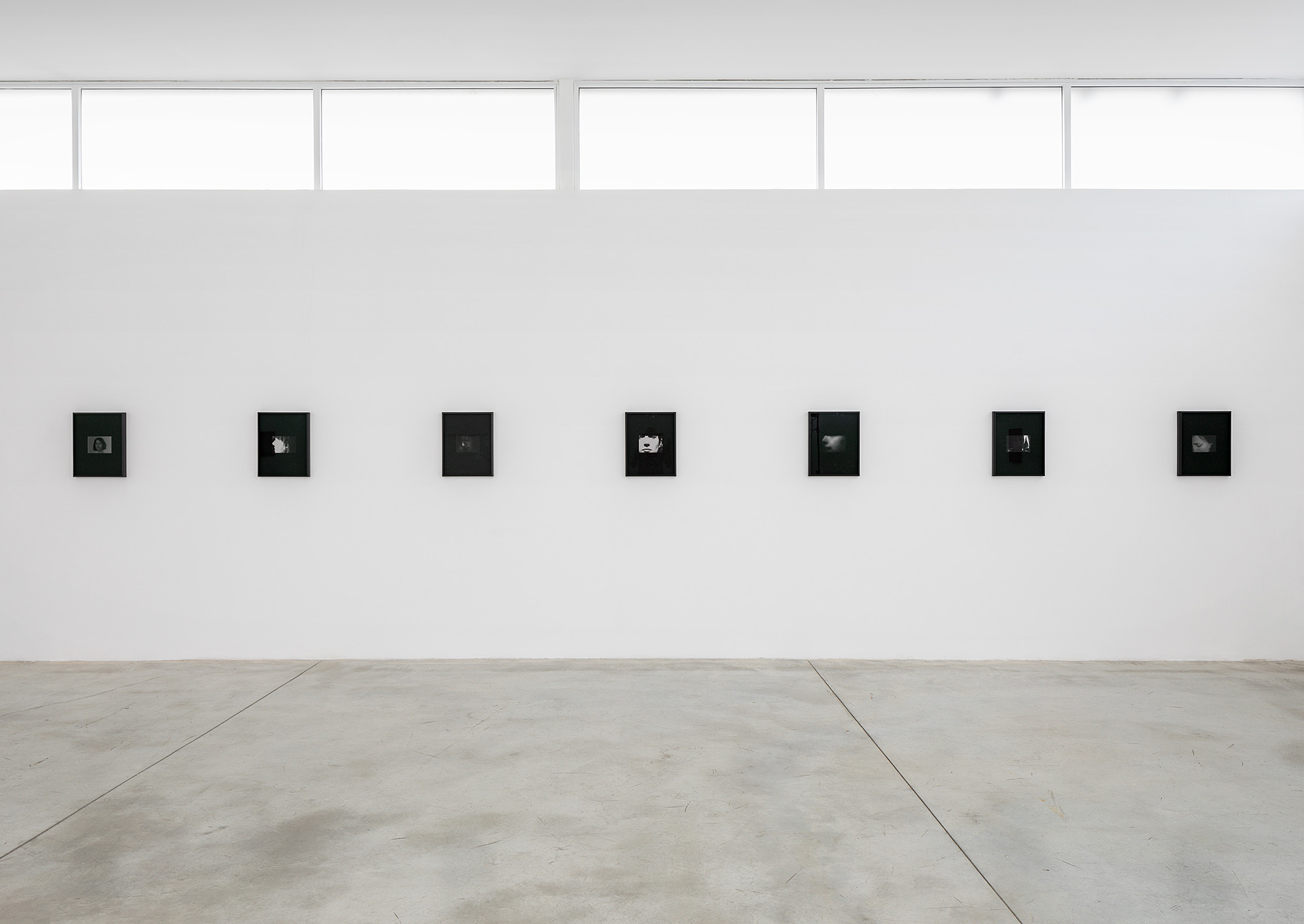
Installation views at Alon Segev Gallery, Tel-Aviv by Elad Sarig
AVI PITCHON HAARETZ
FULL REVIEW >
IMPRESSION (RODIN MUSEUM)
︎
PETAH TIKVA MUSEUM OF ART
CURATED BY IRENA GORDON
4.2 - 14.6.2025

The series of photographs Impression (Rodin Museum) was created usin a unique technique developed by Yana Rotner working with a 16mm film camera, extracting individual frames from raw material she filmed an printing them on paper. In this practice, Rotner proposes a different observation of what memory did not have time to record. The contemporary photographer’s gaze thus initiates a dialogue between the process introduced by the
Impressionists in the mid-19t century, in an attempt to capture the fleeting moment, and the significan impact of photographic innovations on the development of painting; and between these and the groundbreaking work of Auguste Rodin, whos sculptures explore the movement of the human body and its expression, as a whole and as a fragment. The gaze in her works is both a pause an a variation on observation, on the perception of the human.
Text: Irena Gordon

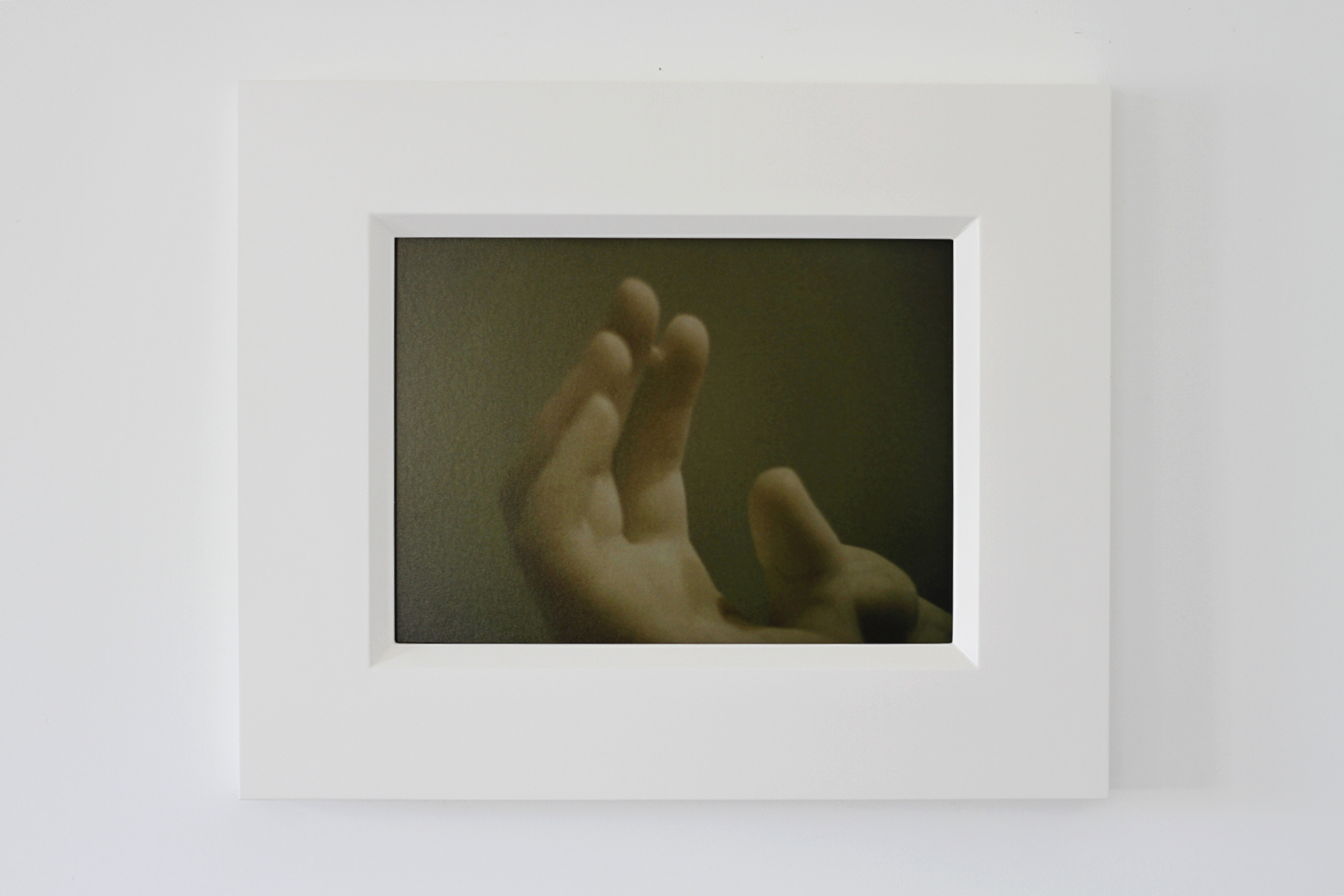
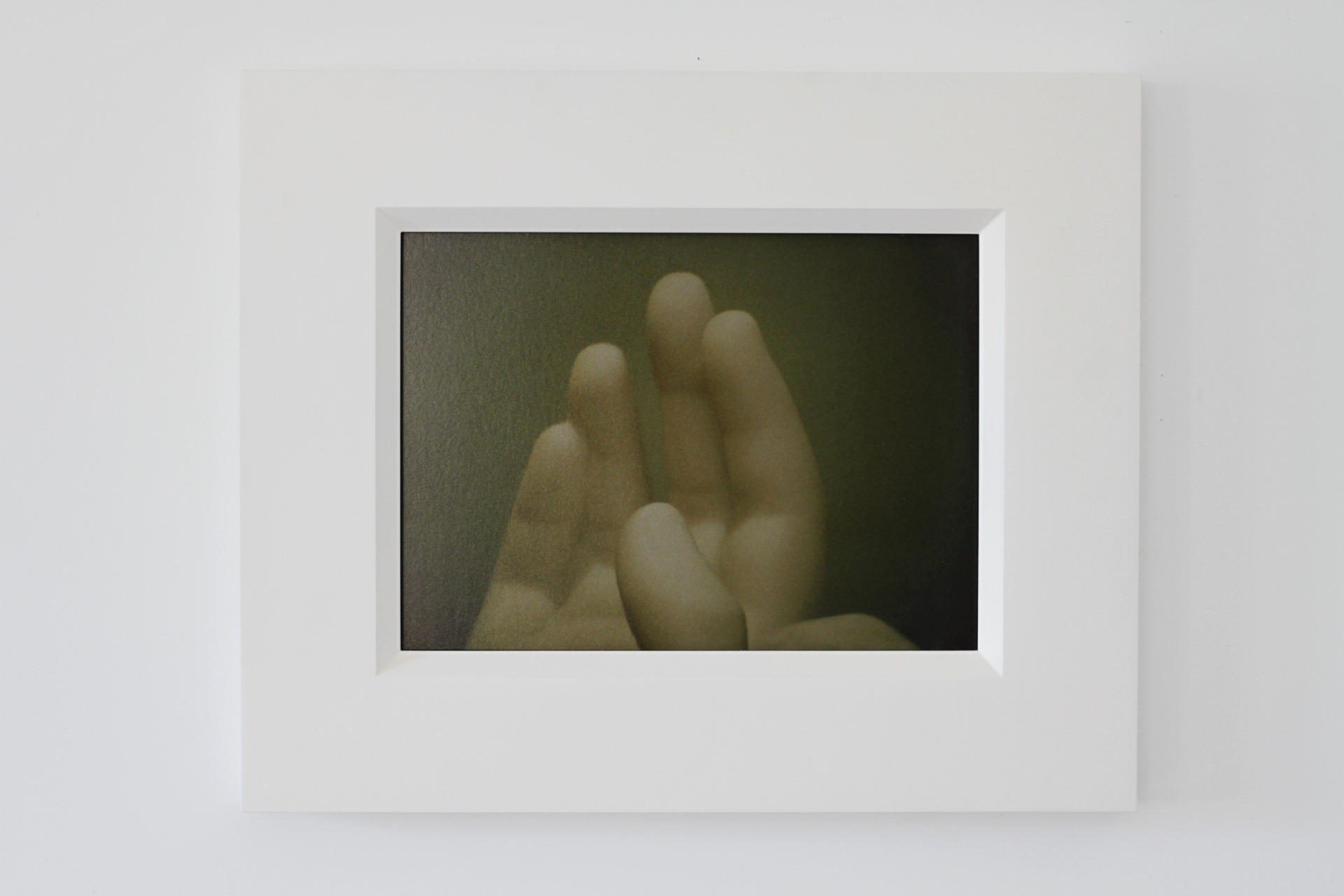
Installtion view: Elad Sarig
AVI PITCHON HAARETZ
FULL REVIEW >
SEA OF SILENCE
BIALIK MUSEUM
CURATED BY SMADAR SHEFFI
23.12.2020 - 20.06.2021
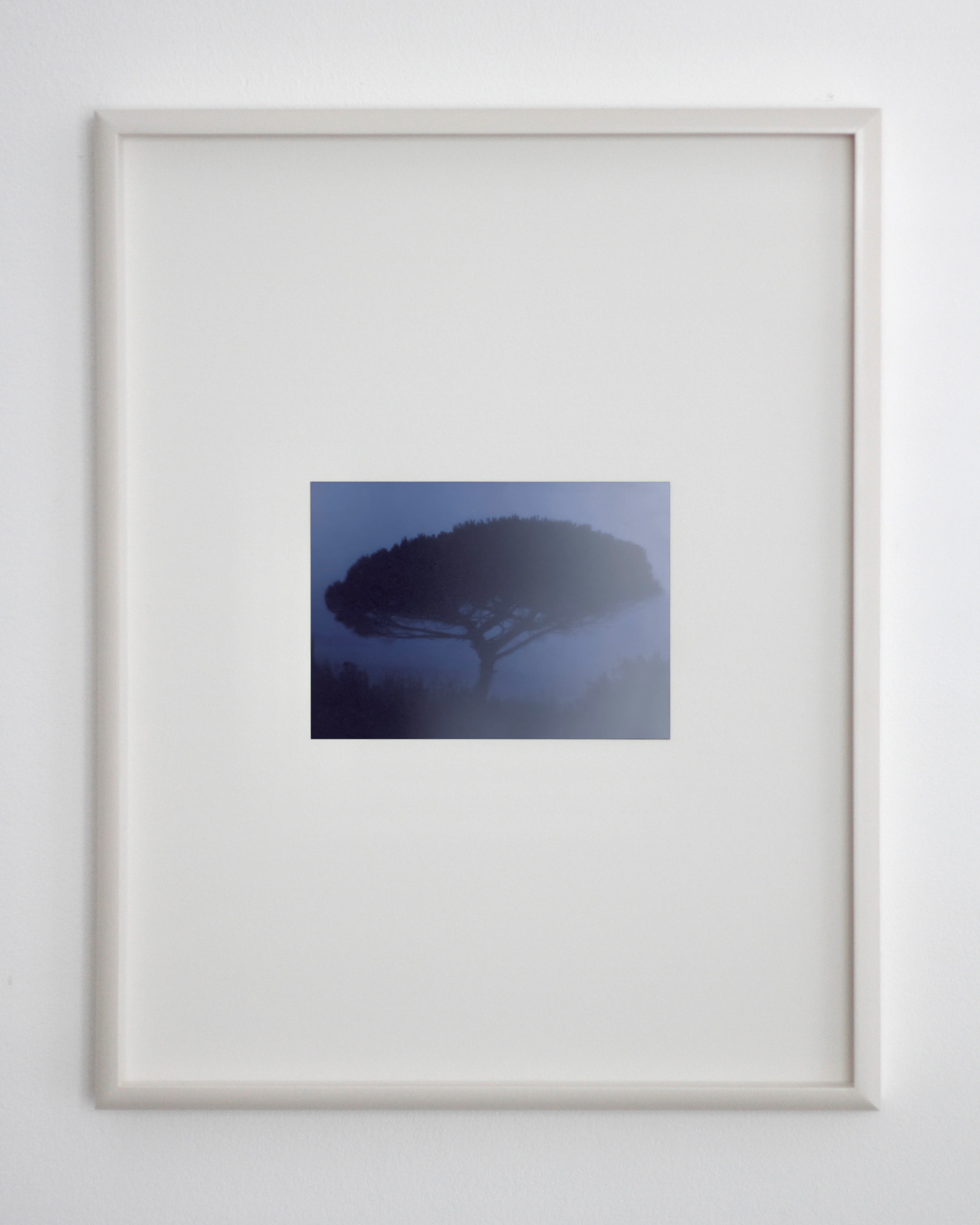
Internal journeys, feeling the inner space of one’s thoughts, examining the distance between the definite and the transitional state of in-between. One may thus describe the fragmented path Yana Rotner unfolds for viewers in her exhibition Sea of Silence. Revealed in eight photographs are treetops, sections of a seascape, light sparkling on the deck of a boat, and fog. As the gaze rests on the photographs, what develops slowly is a tension along with awareness of the void, consciousness of the space.
As we listen closely, a hidden sound emerges.
Composer John Cage’s piece, “4:33” was written for a single instrument or an ensemble. The musicians must be present onstage, but for four minutes and thirty-three seconds they do not play a single note. The silence slowly fills with the rustling of the audience in the concert hall and with sounds from beyond its walls. Sounds usually perceived as “background noise” take over the empty space and receive painfully pointed attention. The blacks, whites, and grays of Rotner’s photographs, which demand close observation, create space for the inner sound, for what is
Composer John Cage’s piece, “4:33” was written for a single instrument or an ensemble. The musicians must be present onstage, but for four minutes and thirty-three seconds they do not play a single note. The silence slowly fills with the rustling of the audience in the concert hall and with sounds from beyond its walls. Sounds usually perceived as “background noise” take over the empty space and receive painfully pointed attention. The blacks, whites, and grays of Rotner’s photographs, which demand close observation, create space for the inner sound, for what is
swallowed up and overtaken in the bustle of the mundane. Bialik, in his poem “Sea of Silence” states the impossibility of a sound less vacuum, arguing that quiet is not silence:
Photography, like poetry, is a bypass route, refining, distancing, and bringing one closer to contemplation of self and of the world.This is the foundation of Rotner’s link to Bialik’s oeuvre. Bialik was the one who coined the Hebrew word for camera: matzlemah. The word is a conglomerate of several meaningful associations – tzelem (image), tzel (shadow) and mah (what?) are concealed in the word matzlemah. The word tzelem appears in Genesis in the text stating that the human was created in God’s image. This constitutes the axis around which generations of discussants argued about the relationship between the metaphysical and the physical in the human entity, and is often perceived as the point of origin for humanity’s
| וְכָל-הָעוֹלָם כֻּלּוֹ שׁוֹתֵק; | And the entire world falls silent; | |
| וּמֵאַחֲרֵי הָרֵחַיִם | And behind the millstone | |
| שְׁאוֹן הַנַּחַל אֵינוֹ פוֹסֵק. | The uproar of the brook ceases not. |
Photography, like poetry, is a bypass route, refining, distancing, and bringing one closer to contemplation of self and of the world.This is the foundation of Rotner’s link to Bialik’s oeuvre. Bialik was the one who coined the Hebrew word for camera: matzlemah. The word is a conglomerate of several meaningful associations – tzelem (image), tzel (shadow) and mah (what?) are concealed in the word matzlemah. The word tzelem appears in Genesis in the text stating that the human was created in God’s image. This constitutes the axis around which generations of discussants argued about the relationship between the metaphysical and the physical in the human entity, and is often perceived as the point of origin for humanity’s
options to reach a spiritual plane of existence. The shadow (tzel), the zone that is not exposed to direct light, represents that which lurks, that persists, defining a place of refuge from heat and blinding light. In the visual arts, the shadow is closely connected to Pliny, the Roman philosopher who attributed the invention of painting to a young woman who traced the contour of the shadow cast on the wall by her beloved before he went to war, to preserve his memory. The contemplation of meaning embodied in the question “What?” (mah?) clings to the creative processes like a shadow.
In writing about the blackness of night, Bialik speaks about the depth and intensity of the color and the sensation of external and internal night. Although the blacks and grays in Rotner’s photographs are from the depictions of concrete objects existing in the world, their magic lies in the depth of the concealed layers.
| שְׁחוֹר הַלַּיְלָה הוֹלֵךְ כּוֹבֵשׁ, | The blackness of night conquers on and on, | |
| מַרְכִּיב צֵל עַל-צֵל וְכוֹפֵל; | Assembling shadow after shadow, doubling in size; |
In writing about the blackness of night, Bialik speaks about the depth and intensity of the color and the sensation of external and internal night. Although the blacks and grays in Rotner’s photographs are from the depictions of concrete objects existing in the world, their magic lies in the depth of the concealed layers.
Text: Smadar Sheffi



AVI PITCHON HAARETZ
FULL REVIEW >


Sea of Silence book was published on the occasion of Yana Rotner's first solo exhibition in Tel Aviv and was edited by the artist in a limited numbered edition of 250 copies.
The catalog opens with a prologue by the artist writing about her encounter with the Bialik House (the home of the national poet Hayim Nachman Bialik which later became an historical museum), about her wanderings, inspiration and the intimate meeting with the artist-poet in his home that led to the creation of the art work.
The catalog opens with a prologue by the artist writing about her encounter with the Bialik House (the home of the national poet Hayim Nachman Bialik which later became an historical museum), about her wanderings, inspiration and the intimate meeting with the artist-poet in his home that led to the creation of the art work.
The second text by the curator of the exhibition, Dr. Smadar Sheffi, reveals to us that Bialik renewed the word ""camera"" in the Hebrew language, and the last text by Elinore Darzi gives an in-depth look at the artist's photographs and her work in a unique technique which distances from the decisive moment by recording the flow of time. In the catalog can be found the rare works by the first Hebrew painter Esphir (Esther) Yoselevich, also known as Ira Jan (Yann) (1869‑1919)."
Design: Zohar Koren, Idan Am-Shalem (Field-Day Studio)Text: Yana Rotner, Smadar Sheffi, Elinore Darzi, Haim Nachman Bialik. Translation: Einat Adi, Judith Appleton. Copies: 250. Pages: 88. Hardcover. 15x22 cm. Printed in Tel Aviv, Israel.
Design: Zohar Koren, Idan Am-Shalem (Field-Day Studio)Text: Yana Rotner, Smadar Sheffi, Elinore Darzi, Haim Nachman Bialik. Translation: Einat Adi, Judith Appleton. Copies: 250. Pages: 88. Hardcover. 15x22 cm. Printed in Tel Aviv, Israel.
SHE WHO WALKS
(WHITE SERIES)
Installation view ‘From Antiquities to Contemporary Art‘, Galerie Chenel, Paris
LOOKING AT HER REFLECTION
Looking at her Reflection was an online exhibition curated by Yana Rotner. The Exhibition took place on a specially designed website in May 2020 during the Covid-19 crisis. It consisted in works of established contemporary artists such as Liz Deschenes and Yehudit Sasportas as well as historical artists such as Berenice Abbot and Peter Roehr. The exhibition was accompanied by a variation around a text by Maurice Blanchot and a text by Liz Deschenes.
In the memory of Lucia Bose, corona virus victim, 1931-2020
![]()
In the memory of Lucia Bose, corona virus victim, 1931-2020

As always,
I go back in time and, refer to how people were thinking about photography in the 1800's - Geoffrey Batchen in his book "Each Wild Idea" references a response by the American writer Nathaniel Willis in 1839 :“…Talk not of 'holding the mirror up to nature, she will hold it up to herself. “
Fortunately, art historians like Geoffrey Batchen and Kaja Silverman quoted below from her book" The Analogy of Photography " chronicle the ever - changing discipline of Photography, and have upended narrow views presented by both Willis and Baudelaire when Photography was at its beginnings.
As always,
“ Photography is also unstoppably developmental.It began with the pinhole camera, which was more found than invented, morphed into the optical camera obscura, was reborn as chemical photography,
and lives on in a digital form.
It moves through time, in search of other “kin” some of which are visual, but others of which may be architectural, philosophical or literary. "
TEXT BY : LIZ DESCHENES
LOOKING AT HER REFLECTION
WITH MAURICE BLANCHOT
“ The feminine is a way of being which escapes light “
— Emmanuel Levinas
The mythical figure of the woman escaping light is Euridyce in the myth of Orpheus. In the myth, Orpheus goes to Hades, the kingdom of the dead, to retrieve the woman he loves, Euridyce, and to bring her back to life he has to hold her by the hand, climb back without ever turning back to look at her.
And yet he does and loses her. Maurice Blanchot in his text, “ The gaze of Orpheus ”, poses the question:
What does Orpheus want?
“ Orpheus does not demand Euridyce in her diurnal truth and her everyday charm, but in her nocturnal darkness, in her distance, her body closed, her face sealed, ( he ) wants to see her not when she is visible but when she is invisible, and not as the intimacy of a familiar life, but as the strangeness of that which excludes all intimacy; ( he ) does not want to make her live, but to have the fullness of her death living in her.”
What does Orpheus want?
“ Orpheus does not demand Euridyce in her diurnal truth and her everyday charm, but in her nocturnal darkness, in her distance, her body closed, her face sealed, ( he ) wants to see her not when she is visible but when she is invisible, and not as the intimacy of a familiar life, but as the strangeness of that which excludes all intimacy; ( he ) does not want to make her live, but to have the fullness of her death living in her.”
What does She - Orpheus want?
What does the myth of Orpheus teach us when we try to understand the nature of the look of a woman at her own reflection? what if Euridyce tries to bring herself back from the night?
According to Blanchot, Orpheus has only one concern: “ (...) to look into the night at what the night is concealing - the other night, concealment which becomes visible. ”
What is Eurydice ( she ) looking for in her reflection? The hidden part of herself? The presence of her infinite absence? The return to the uncertainty of the origin?
Maybe, just maybe, photography in its fugitive capture of the space could give Eurydice a glimpse at the hidden part of herself.
TEXT BY : YANA ROTNER
What does the myth of Orpheus teach us when we try to understand the nature of the look of a woman at her own reflection? what if Euridyce tries to bring herself back from the night?
According to Blanchot, Orpheus has only one concern: “ (...) to look into the night at what the night is concealing - the other night, concealment which becomes visible. ”
What is Eurydice ( she ) looking for in her reflection? The hidden part of herself? The presence of her infinite absence? The return to the uncertainty of the origin?
Maybe, just maybe, photography in its fugitive capture of the space could give Eurydice a glimpse at the hidden part of herself.
TEXT BY : YANA ROTNER
ARTISTS
IRA JAN / LIZ DESCHENES / YEHUDIT SASPORTAS / AVIVA URI / PETER ROEHR / YOSSI BREGER / YANA ROTNER / VERONICA NICOLE TETELBAUM / YASMIN DAVIS / BERENICE ABBOTT / ANNEMARIE SCHWARZENBACH / SUSAN LIPSKI aka MEIR AGASSI
THE DARKNESS
︎
The Darkness was an exhibition curated by Yana Rotner. The exhibition took place in the artist’s studio in May 2019, accompanied with a text by the philosopher and former MFA director at Bezalel Academy of Art and Design, Raphael Zagury-Orly. The exhibition consisted of works by Louise Bourgeois and Louise Lawler, as well as works by established and young Israeli artists. The exhibition closing event comprised live painting on black canvas by Narkis Vizel, red photograms by Yana Rotner and music by Noski (Yuval Jonas and Ron Auerbach).
THE
PHILOSOPHER
Plato in the Myth of the Cave tells the tale of the perpetual strife for the philosopher to come out of the fleeting realm of images and opinions to gaze into the eternal light of the ideas. And when coming to the summit of the Cave, contemplating the plentiful revelation of meaning illuminating the essence of Being, Plato insists not on the appeasing and pacifying light but rather on the blindness which it causes. The philosopher, blinded by the light, sees only the night, more night, obscurity, more obscurity. As if philosophy, when revealing the light also needed to see the night, when unveiling meaning also required us to still perceive its inherent obscurity.
THE
ARTIST
ARTIST
Just like the philosopher, when creating, is blinded by the process and finds solace in the darkness. Why does darkness lie in the source of light? Why each time philosophy reveals meaning it discloses also its intimate obscurity? Why does light also show itself as the obscure? What says the obscure? The obscure light of each singular event?
TEXT BY : RAPHAEL ZAGURY-ORLY
ARTISTS
LOUISE LAWLER / YANA ROTNER / LIHI NIDIZ / ILIT AZOULAY / KARIN KIMEL / ELLA OHANA / MALACHI SGAN-COHEN / VERONICA NICOLE TETELBAUM / NARKIS VIZEL / LOUISE BOURGEOIS
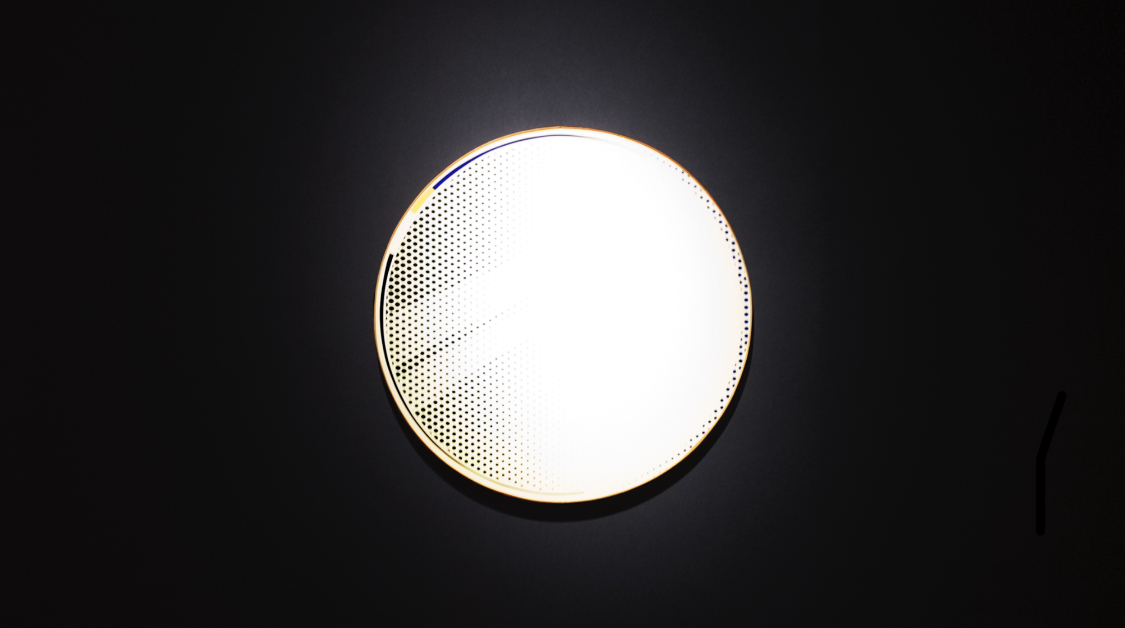




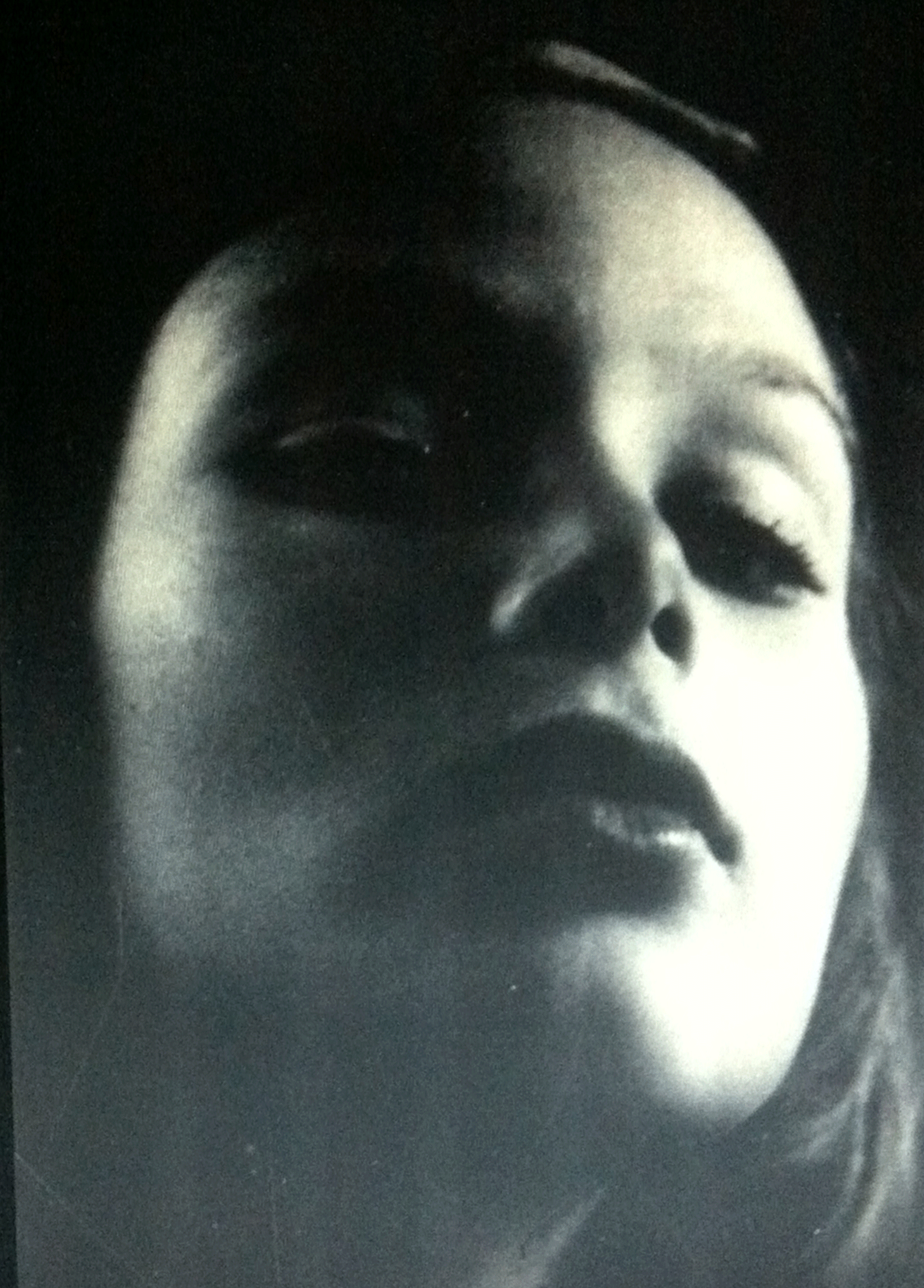





© all content on this website is protected by copyrights.
CONTACT
Yana Rotner Studio
23 Mikve Israel St. Tel-Aviv 6511520
mylongaddress@gmail.com
Alon Segev Gallery
7 Hamanoa St. Tel-Aviv 6816831
info@alonsegev.com
Tel: +972 (0) 3 609 0769



